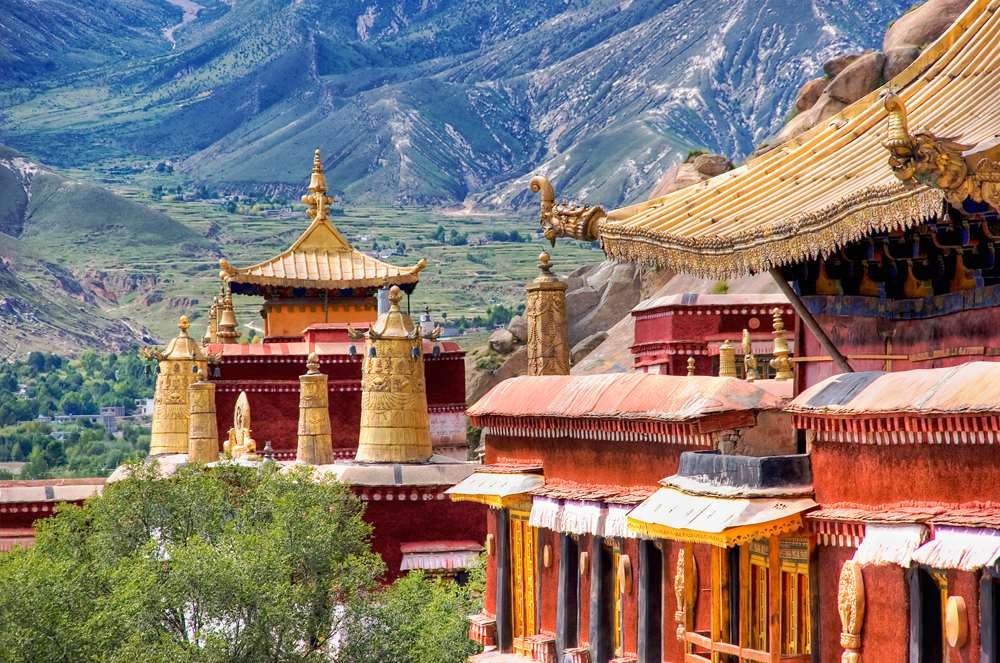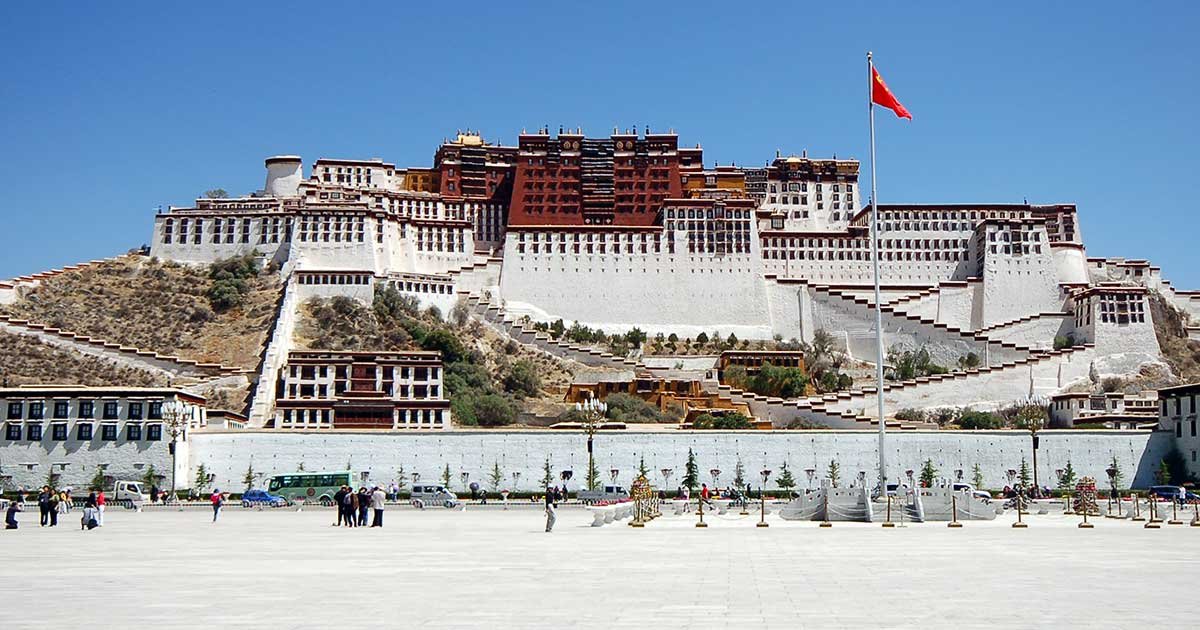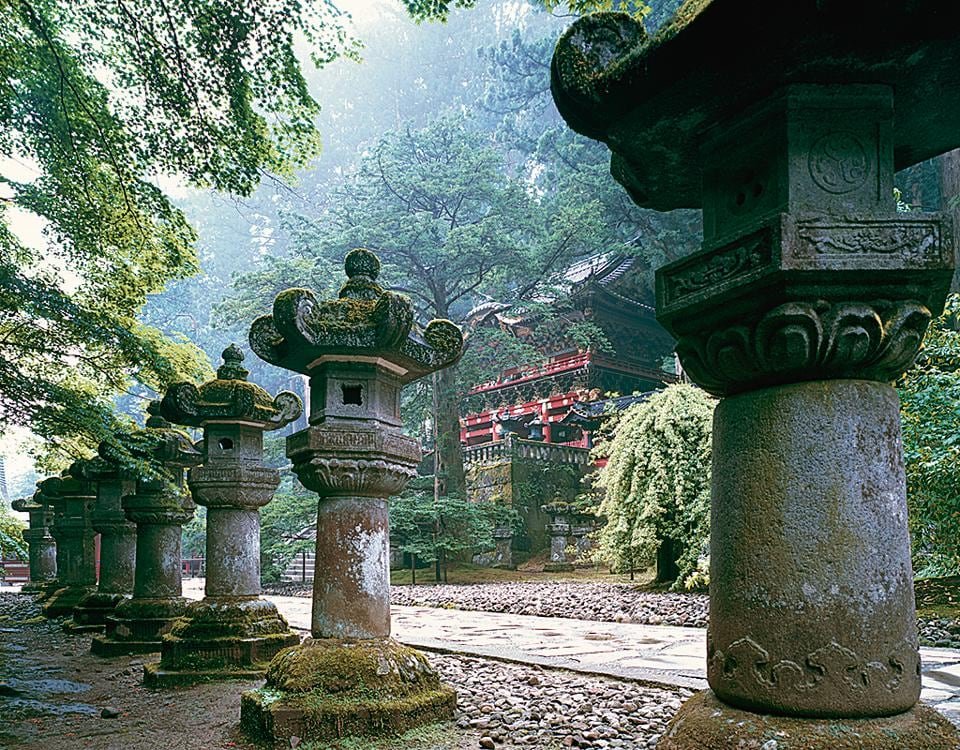Sacred Sites: A Guide To The Temples In And Around Lhasa

Lhasa, the capital of Tibet, is a city steeped in history, culture, and spirituality. It is home to numerous sacred sites, including temples, monasteries, and palaces, that attract pilgrims and tourists from all over the world. This guide offers an overview of some of the most important and awe-inspiring temples in and around Lhasa.

Jokhang Temple:

Also known as the “Temple of the Oracle,” the Jokhang Temple is the spiritual heart of Lhasa and Tibet. Built in the 7th century, it is the oldest wood-constructed building in Tibet. The temple’s main attraction is the Jowo Shakyamuni Buddha statue, believed to be the lifelike representation of the Buddha and one of the holiest objects in Tibetan Buddhism. Jokhang Temple is a UNESCO World Heritage Site and attracts thousands of pilgrims and tourists annually.
Potala Palace:
The Potala Palace is a magnificent architectural masterpiece and a symbol of Tibetan history and culture. Built in the 17th century, it was the residence of the Dalai Lamas until the 14th Dalai Lama fled Tibet in 1959. The palace is divided into two sections: the White Palace, which houses the living quarters of the Dalai Lamas and their entourage, and the Red Palace, which contains the assembly halls, temples, and stupas. The Potala Palace is also a UNESCO World Heritage Site and a must-visit attraction in Lhasa.
Sera Monastery:
Located just north of Lhasa, Sera Monastery is one of the “Great Three” Gelug monasteries in Tibet, along with Ganden Monastery and Drepung Monastery. Founded in 1419, Sera Monastery is famous for its grand assembly hall, where monks engage in lively debates on Buddhist scriptures and philosophy. The monastery also houses several temples, stupas, and residences for monks.
Drepung Monastery:
Another of the “Great Three” Gelug monasteries, Drepung Monastery is situated a short distance west of Lhasa. Established in the 15th century, Drepung once had as many as 10,000 monks, making it the largest monastery in Tibet. The monastery complex includes temples, stupas, colleges, and living quarters for monks. Visitors can witness religious ceremonies, admire the intricate artwork, and learn about the history and teachings of Tibetan Buddhism.
Ganden Monastery:
Situated about 43 kilometers (27 miles) east of Lhasa, Ganden Monastery is the third of the “Great Three” Gelug monasteries. It was founded by Tsongkhapa, the founder of the Gelug school of Tibetan Buddhism. The monastery complex comprises temples, stupas, serene gardens, and residences for monks. Ganden Monastery is a popular destination for pilgrims and tourists who want to experience the spiritual essence of Tibetan Buddhism.
These temples in and around Lhasa offer a glimpse into the rich religious and cultural heritage of Tibet. They are not just architectural wonders but also living centers of spirituality, where monks and pilgrims come together to practice and celebrate their faith. Visiting these sacred sites is a profound experience that provides a unique understanding of the spiritual and cultural traditions of Tibet.# Sacred Sites: A Guide To The Temples In And Around Lhasa
Executive Summary
Lhasa’s temples are more than just religious structures; they are cultural, historical, and architectural masterpieces that captivate visitors from around the world.
Lhasa, the capital of Tibet, is home to numerous sacred sites that hold immense significance for Buddhist pilgrims and travelers seeking spiritual enlightenment. From the iconic Jokhang Temple to the serene Potala Palace, Lhasa offers a unique blend of cultural heritage and profound spiritual experiences. In this guide, we delve into the top five temples in and around Lhasa, providing insights into their history, architectural marvels, and the profound spiritual experiences they offer.
Introduction
Lhasa, nestled in the Tibetan Plateau, has been the spiritual and cultural heartland of Tibet for centuries. The city is adorned with numerous sacred sites, each possessing a distinct charm and captivating history. The harmonious coexistence of Tibetan and Buddhist elements in these temples makes Lhasa a sacred destination that resonates with pilgrims and travelers. This guide delves into the five most prominent temples in and around Lhasa, offering a comprehensive understanding of their cultural, historical, and spiritual significance.
Jokhang Temple – The Sacred Heart of Tibetan Buddhism
The Jokhang Temple, also known as the Tsuglakhang, is the spiritual heart of Tibetan Buddhism.
- Founded in 647 CE: During the reign of King Songtsän Gampo, the Jokhang Temple was built as Tibet’s first Buddhist temple.
- Architectural Marvel: Its pagoda-style roof and intricate murals reflect Tibetan architectural mastery, while the Jokhang’s inner sanctum houses the revered Jowo Shakyamuni statue, the most sacred Buddha image in Tibet.
- Religious Significance: Its central position in Lhasa symbolizes its significance, while daily ceremonies and festivals bring an atmosphere of devotion and spirituality.
- Sacred Relics: The Jokhang Temple houses sacred relics, including the Jowo Shakyamuni statue and the life-size statue of Padmasambhava, enhancing its spiritual importance.
- Pilgrimage Destination: Pilgrims undertake arduous journeys to circumambulate the temple, demonstrating their unwavering dedication to Tibetan Buddhism.
Potala Palace – Majestic Abode of the Dalai Lamas
The Potala Palace is the former residence of the Dalai Lamas, serving as both a monastery and a political center.
- Architectural Grandeur: Its 13 stories and 1,000 rooms showcase Tibetan architectural brilliance. Red and white walls, with gold accents, create a striking visual representation of Tibetan culture.
- Historical Significance: The Potala Palace’s construction began in 1645 under the fifth Dalai Lama and served as the Dalai Lamas’ official residence until the 14th Dalai Lama fled to India in 1959.
- World Heritage Site: In 1994, UNESCO recognized the Potala Palace as a World Heritage Site, acknowledging its exceptional historical and cultural significance.
- Museum Exhibits: Today, the Potala Palace houses a museum, showcasing Tibetan art, artifacts, and religious relics, offering visitors a glimpse into Tibet’s rich history and culture.
- Panoramic Views: Its location on Marpo Ri hill offers panoramic views of the Lhasa Valley, adding to the overall allure of the Potala Palace.
Sera Monastery – Renowned for Its Monastic Debates
The Sera Monastery, located just 5 kilometers north of Lhasa, is renowned for its lively monastic debates.
- Monastic Debates: Sera Monastery is famous for its lively monastic debates, where monks engage in philosophical discussions, employing hand gestures and rhythmic chanting.
- History and Architecture: Founded in 1419, the Sera Monastery is one of the “great three” Gelug monasteries of Tibet. Its grand assembly hall, adorned with colorful murals and intricate carvings, serves as the venue for these debates.
- Educational Institution: Sera Monastery has been a renowned center for Buddhist studies, with hundreds of monks residing and studying within its walls.
- Extensive Grounds: The monastery complex is spread over a vast area, encompassing numerous temples, assembly halls, and僧舍s.
- Peaceful Retreat: Despite its renown for debates, Sera Monastery also offers a peaceful retreat for meditation and contemplation.
Drepung Monastery – Once the Largest Monastery in the World
Drepung Monastery, located 5 kilometers west of Lhasa, was once the largest monastery in the world.
- Historical Significance: Founded in 1416, Drepung Monastery was the largest Tibetan Buddhist monastery, housing over 10,000 monks at its peak.
- Architectural Complex: The monastery complex is vast, comprising numerous temples, assembly halls, and僧舍s. The Jokhang Temple is the most sacred temple within the monastery.
- Gelugpa Tradition: Drepung Monastery is considered one of the most important monasteries of the Gelugpa tradition of Tibetan Buddhism.
- Educational Center: The monastery was renowned as a center of Buddhist learning, with many prominent scholars and teachers residing within its walls.
- Cultural Significance: Drepung Monastery played a crucial role in preserving and transmitting Tibetan Buddhist teachings and culture.
Norbulingka Palace – The Summer Residence of the Dalai Lamas
Located just west of Lhasa, the Norbulingka Palace served as the summer residence of the Dalai Lamas.
- Historical Significance: The Norbulingka Palace was built in 1755 by the seventh Dalai Lama and served as the summer residence for successive Dalai Lamas.
- Architectural Splendor: The palace complex features traditional Tibetan architecture, with colorful murals and intricate carvings adorning its walls.
- Gardens and Parks: The Norbulingka Palace is surrounded by lush gardens and parks, creating a serene and tranquil environment.
- UNESCO Heritage Site: In 2024, UNESCO designated the Norbulingka Palace as a World Heritage Site, recognizing its cultural and historical importance.
- Public Park: Today, the Norbulingka Palace is open to the public, allowing visitors to explore its beautiful gardens and learn about its rich history.
Conclusion
Lhasa’s temples offer a profound journey of cultural, historical, and spiritual exploration. From the sacred Jokhang Temple to the majestic Potala Palace, each site holds a unique place in the hearts of pilgrims and travelers. Whether seeking spiritual enlightenment or admiring architectural marvels, Lhasa’s temples provide an experience that is both awe-inspiring and unforgettable.
Keyword Phrase Tags
- Lhasa Temples
- Tibetan Buddhism
- Jokhang Temple
- Potala Palace
- Sera Monastery
- Drepung Monastery
- Norbulingka Palace